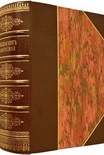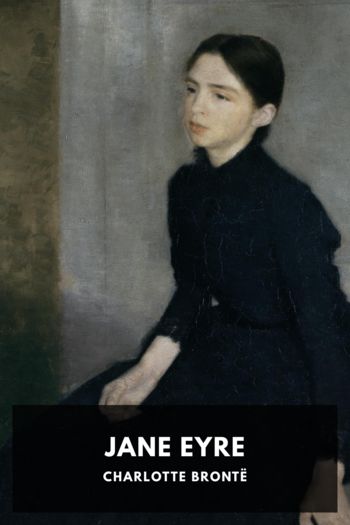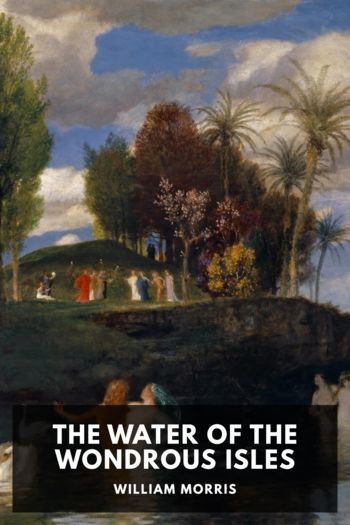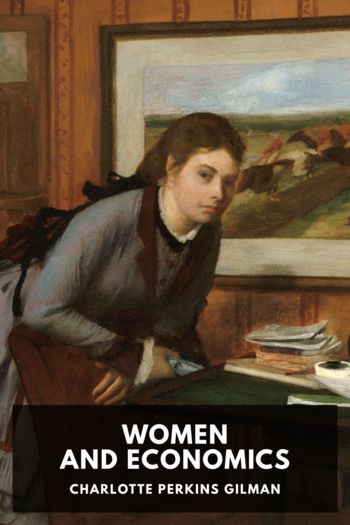Victoria Sees It, Carrie Jenkins [best classic books TXT] 📗

- Author: Carrie Jenkins
Book online «Victoria Sees It, Carrie Jenkins [best classic books TXT] 📗». Author Carrie Jenkins
We swiped at the last of the year’s bumblebees, still making drunken demands of the dying berries and brambles.
“Time, gentlemen bees!” I called, but then I felt a pang of remorse knowing most of them would have no homes to go to after mating season. I had to keep stumbling into a half-trot to keep up with The Cop, who was a good head and shoulders taller than me, with strong legs that she used to full effect. When we passed a tree stump covered in gorgeous bracket fungi, I jumped up onto it and swung my arms out wide.
“Season of wasps and rotted appleness!” I declaimed. “Gross bosom-friend of the revolting mould…”
The Cop looked bemused at this, and it occurred to me to wonder if she’d studied Keats. I didn’t quite like to ask. As I jumped back down she glanced around to make sure no one was looking, then kissed me on the nose like a performing dog.
Neither of us said anything about the woman in the well. I didn’t know where the well was, and The Cop, if she knew, didn’t mention it. All I wanted to do was snoop around a bit, just in case there was anything that struck me as a reason why Deb might have come out here.
There is a folly in the grounds of Wimpole Hall, made up to look like the ruins of a medieval castle. A round stone tower with mullioned windows and narrow slit crosses, sitting askew on its foundations. Pretending to have been beaten into an odd angle by centuries of resistance, relentless effort to maintain its space against all comers, to deserve its moment in time. Crumbling portions of smaller buildings lie scattered about as if to suggest that they’ve fared less well in these imaginary struggles. Playing shattered visage to the tower’s vast and trunkless. Nothing beside remains: that has two readings, you know. “Nothing else is left,” or “These things are nothing but remains.” Smaller again, but more resolutely real, pale grey field mushrooms ran fairy rings around my feet. These days, of course, the Wimpole estate Folly is genuinely old.
“Huh…built in the late 1700s,” The Cop read out loud from the visitor’s guide. This is the thing about the past: even real history is full of fakes. Or even its fakes are real, if you prefer to look at it that way.
It’s called a folly because it’s supposedly a pointless building, though I could think of plenty of good reasons for making this. But my particular interest came from a memory of having seen, in the pages of the Books of The Eleven, a reference to its construction by Capability Brown at the order of Philip Yorke, the second Earl of Hardwicke, after the first earl commissioned a design from an architect called Sanderson Miller who was known for his follies. Miller lost interest though, and the architect who worked with Brown was one James Essex, who, it turned out, was also responsible for the bridge at the back of the College. A triple-arched stone structure. Solid-looking. The water completes the arcs so that when you punt up to it, it looks like you are facing three dark circles. You must choose one, before your boat crashes into the walls between.
Anyway, the debate recorded in the Books had concerned the “ethicks or morality” of the first Earl’s decision to commission such an extravagant and pointless piece of gothic frippery. One member had pointed out that building a folly was a way to provide income for the local poor without “undue charity which promotes idleness and intemperance,” while another argued that it must have been done at the urging of his wife Margaret, presumably thus forestalling any question of a rational basis for assessment. I believe this was recorded on the same page as the minutes of the meeting to discuss Newton’s alchemy. Certainly it was close by. Perhaps the page before, or the page after. And for some reason, although the quest for Deb was always at the front of my mind, what I’d read in those pages was never far from the back of it. I felt as if something there were important, but I couldn’t put my finger on exactly what.
Maybe it was Cambridge, something about the place itself, that made the occult feel close. Feel almost normal, almost expected. While I thought this all through, staring at the folly, The Cop had gone on ahead. So I said to nothing in particular: “And those that are fools, let them use their talents.”
As I passed by the foot of the tower, my eye was caught by a glint in the mud, a small reflection of the autumn sun almost buried at the base of a tree. This tree had five roots, like a hand plunging into the earth. What was it grasping for down there? I bent down to retrieve the source of the glint, which turned out to be a small silver-coloured skull. Probably dropped from a necklace, or a key ring. I pocketed my find without telling The Cop, who was still a few feet away, and briefly revelled in the idea of removing evidence from the scene of a crime without notifying the police. I didn’t recognize it as Deb’s, and it certainly wasn’t her style, but I thought it was worth keeping just in case it turned out to be suggestive in some way later on.
On our way out through the gift shop, The Cop said she wanted to buy me something. I





Comments (0)